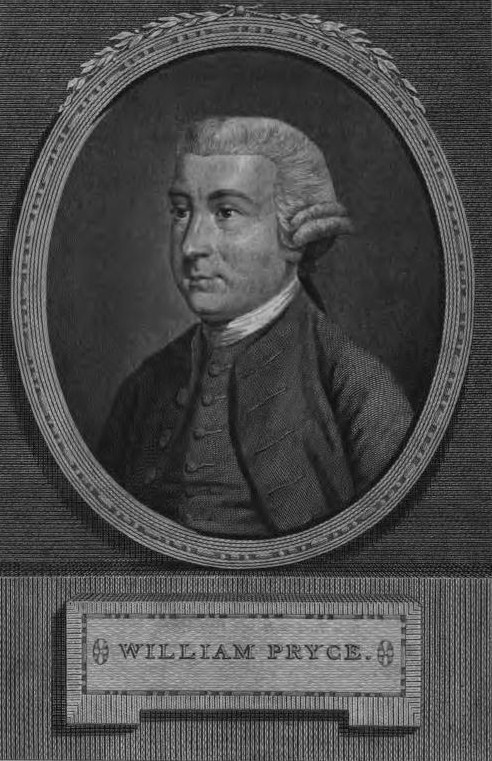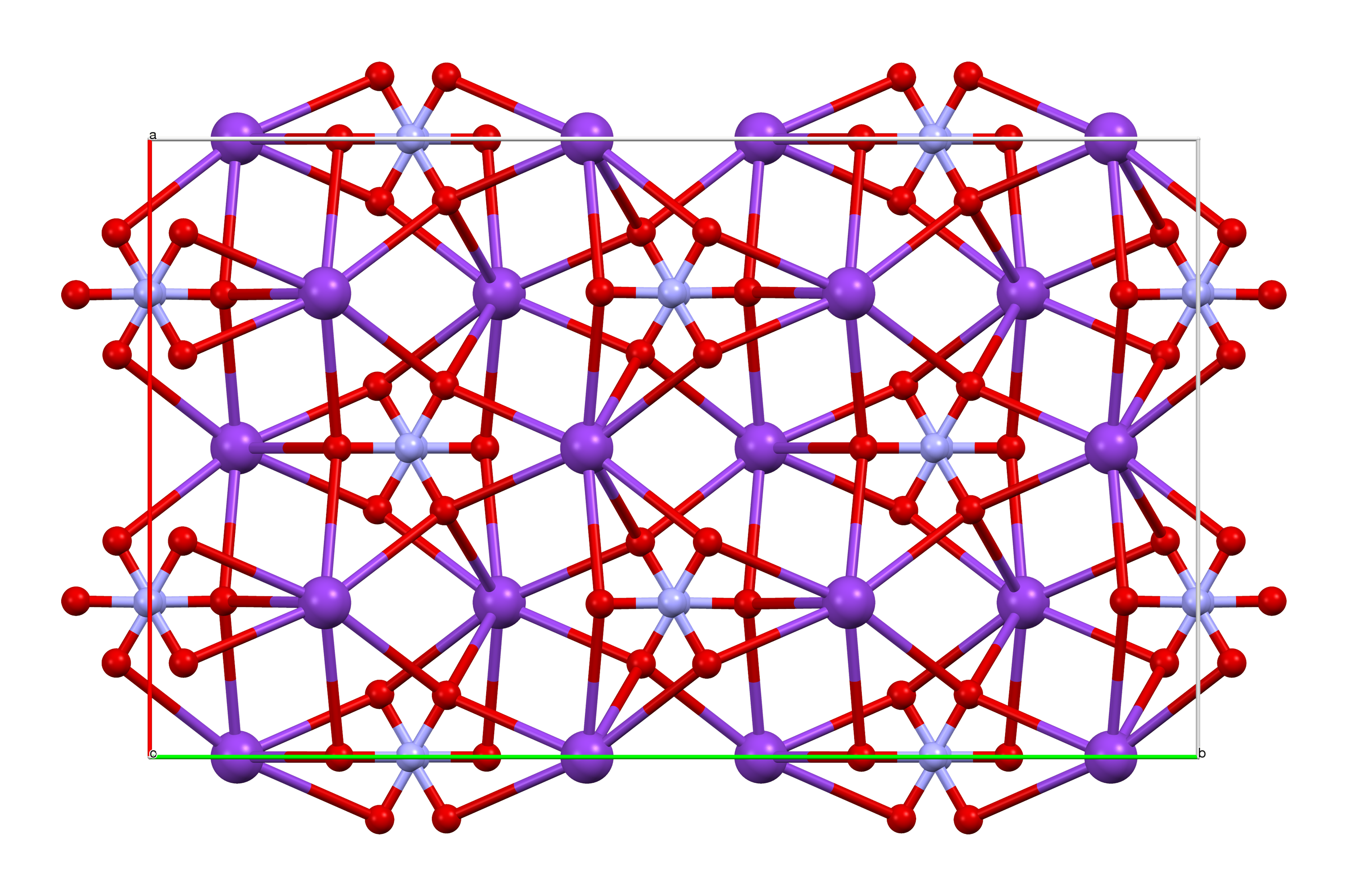|
Ephraim Seehl
Ephraim Reinhold Seehl () (died after 1790) was an apothecary and chemist of German background, born in Sweden. He was known as a manufacturer of green vitriol. Life He was the son of Captain Reinhold Seehl (d. 1721), a German volunteer who worked his way through the ranks in the Swedish army. He settled in England and was naturalised as a British subject by Act of Parliament introduced in 1783 ( 23 Geo. 3 c. 8). Seehl occurs in a London subscription list in 1757. He was one of just three people with addresses in Poplar and Blackwall to be found in Thomas Mortimer's ''Universal Director'' of 1763. There his entry reads "Seehl, Ephraim Rinhold, Copperas Merchant, Blackwall; or at the Bank Coffee-house, Threadneedlestreet". At this time he was leasing the Copperas Works in Bromley from his brother-in-law, the shipwright John Perry of Blackwall Yard. Seehl traveled widely in Europe. He was a subscriber to ''Mineralogia Cornubiensis'' (1778) by William Pryce. His autograph book ... [...More Info...] [...Related Items...] OR: [Wikipedia] [Google] [Baidu] |
Apothecary
''Apothecary'' () is an Early Modern English, archaic English term for a medicine, medical professional who formulates and dispenses ''materia medica'' (medicine) to physicians, surgeons and patients. The modern terms ''pharmacist'' and, in British English, ''chemist'' have taken over this role. In some languages and regions, terms similar to "apothecary" have survived and denote modern pharmacies or pharmacists. Apothecaries' investigation of Herbal medicine, herbal and chemical ingredients was a precursor to the modern sciences of chemistry and pharmacology. In addition to dispensing herbs and medicine, apothecaries offered general medical advice and a range of services that are now performed by other specialist practitioners, such as surgeons and Obstetrics and gynaecology, obstetricians. Apothecary shops sold ingredients and the medicines they prepared wholesale to other medical practitioners, as well as dispensing them to patients. In 17th-century England, they also contro ... [...More Info...] [...Related Items...] OR: [Wikipedia] [Google] [Baidu] |
William Pryce
William Pryce (baptised 1735–1790) was a British medical man, known as an antiquary, a promoter of the Cornish language and a writer on mining in Cornwall. Life He was the son of Dr. Samuel Pryce of Redruth in Cornwall, and Catherine Hill; William Borlase was a great-uncle on his mother's side. Philip Webber of Falmouth acted as his guardian when he was left an orphan. He claimed to have studied anatomy under John Hunter, and from about 1750 he practised as a surgeon and apothecary at Redruth. Pryce owned a small share in the copper mine of Dolcoath in Cornwall. For ten years he was also an investor in the adjoining mine of Pednandrea, which was worked for both tin and copper. It was near the future site of the Redruth railway station. Soon after 1778 Pryce "became M.D. by diploma" and on 26 June 1783 he was elected Fellow of the Society of Antiquaries of London. He was buried at Redruth on 20 December 1790. Works Pryce published his major work, the ''Mineralogia Cornub ... [...More Info...] [...Related Items...] OR: [Wikipedia] [Google] [Baidu] |
Naturalised Citizens Of The United Kingdom
Naturalization (or naturalisation) is the legal act or process by which a non-national of a country acquires the nationality of that country after birth. The definition of naturalization by the International Organization for Migration of the United Nations excludes citizenship that is automatically acquired (e.g. at birth) or is acquired by declaration. Naturalization usually involves an application or a motion and approval by legal authorities. The rules of naturalization vary from country to country but typically include a promise to obey and uphold that country's laws and taking and subscribing to an oath of allegiance, and may specify other requirements such as a minimum legal residency and adequate knowledge of the national dominant language or culture. To counter multiple citizenship, some countries require that applicants for naturalization renounce any other citizenship that they currently hold, but whether this renunciation actually causes loss of original citizens ... [...More Info...] [...Related Items...] OR: [Wikipedia] [Google] [Baidu] |
1783 Deaths
Events January–March * January 20 – At Versailles, Great Britain signs preliminary peace treaties with the Kingdom of France and the Kingdom of Spain. * January 23 – The Confederation Congress ratifies two October 8, 1782, treaties signed by the United States with the United Netherlands. * February 3 – American Revolutionary War: Great Britain acknowledges the independence of the United States of America. At this time, the Spanish government does not grant diplomatic recognition. * February 4 – American Revolutionary War: Great Britain formally declares that it will cease hostilities with the United States. * February 5 – 1783 Calabrian earthquakes: The first of a sequence of five earthquakes strikes Calabria, Italy (February 5–7, March 1 & 28), leaving 50,000 dead. * February 7 – The Great Siege of Gibraltar is abandoned. * February 26 – The United States Continental Army's Corps of Engineers is disbanded. * March 5 ... [...More Info...] [...Related Items...] OR: [Wikipedia] [Google] [Baidu] |
18th-century English Chemists
The 18th century lasted from 1 January 1701 (represented by the Roman numerals MDCCI) to 31 December 1800 (MDCCC). During the 18th century, elements of Enlightenment thinking culminated in the Atlantic Revolutions. Revolutions began to challenge the legitimacy of monarchical and aristocratic power structures. The Industrial Revolution began mid-century, leading to radical changes in human society and the environment. The European colonization of the Americas and other parts of the world intensified and associated mass migrations of people grew in size as part of the Age of Sail. During the century, slave trading expanded across the shores of the Atlantic Ocean, while declining in Russia and China. Western historians have occasionally defined the 18th century otherwise for the purposes of their work. For example, the "short" 18th century may be defined as 1715–1789, denoting the period of time between the death of Louis XIV of France and the start of the French Revolution ... [...More Info...] [...Related Items...] OR: [Wikipedia] [Google] [Baidu] |
Year Of Birth Unknown
A year is a unit of time based on how long it takes the Earth to orbit the Sun. In scientific use, the tropical year (approximately 365 solar days, 5 hours, 48 minutes, 45 seconds) and the sidereal year (about 20 minutes longer) are more exact. The modern calendar year, as reckoned according to the Gregorian calendar, approximates the tropical year by using a system of leap years. The term 'year' is also used to indicate other periods of roughly similar duration, such as the lunar year (a roughly 354-day cycle of twelve of the Moon's phasessee lunar calendar), as well as periods loosely associated with the calendar or astronomical year, such as the seasonal year, the fiscal year, the academic year, etc. Due to the Earth's axial tilt, the course of a year sees the passing of the seasons, marked by changes in weather, the hours of daylight, and, consequently, vegetation and soil fertility. In temperate and subpolar regions around the planet, four seasons ar ... [...More Info...] [...Related Items...] OR: [Wikipedia] [Google] [Baidu] |
Johann Friedrich Gmelin
Johann Friedrich Gmelin (8 August 1748 – 1 November 1804) was a German natural history, naturalist, chemist, botanist, entomologist, herpetologist, and malacologist. Education Johann Friedrich Gmelin was born as the eldest son of Philipp Friedrich Gmelin in 1748 in Tübingen. He studied medicine under his father at University of Tübingen and graduated with a Master's degree in 1768, with a thesis entitled: ', defended under the presidency of Ferdinand Christoph Oetinger, whom he thanks with the words '. Career In 1769, Gmelin became an adjunct professor of medicine at University of Tübingen. In 1773, he became professor of philosophy and adjunct professor of medicine at University of Göttingen. He was promoted to full professor of medicine and professor of chemistry, botany, and mineralogy in 1778. He died in 1804 in Göttingen and is buried there in the Albanifriedhof, Albani cemetery with his wife Rosine Louise Gmelin (1755–1828, née Schott). Johann Friedrich Gm ... [...More Info...] [...Related Items...] OR: [Wikipedia] [Google] [Baidu] |
Sulphurous Acid
Sulfuric(IV) acid (United Kingdom spelling: sulphuric(IV) acid), also known as sulfurous (UK: sulphurous) acid and thionic acid, is the chemical compound with the formula . Raman spectra of solutions of sulfur dioxide in water show only signals due to the molecule and the bisulfite ion, . The intensities of the signals are consistent with the following equilibrium: 17O NMR spectroscopy provided evidence that solutions of sulfurous acid and protonated sulfites contain a mixture of isomers, which is in equilibrium: Attempts to concentrate the solutions of sulfurous acid simply reverse the equilibrium, producing sulfur dioxide and water vapor. A clathrate with the formula has been crystallised. It decomposes above 7 °C. History and production Sulfurous acid is commonly known not to exist in its free state, and owing to this, it is stated in textbooks that it cannot be isolated in the water-free form. However, the molecule has been detected in the gas phase in 1 ... [...More Info...] [...Related Items...] OR: [Wikipedia] [Google] [Baidu] |
Philosophical Transactions
''Philosophical Transactions of the Royal Society'' is a scientific journal published by the Royal Society. In its earliest days, it was a private venture of the Royal Society's secretary. It was established in 1665, making it the second journal in the world exclusively devoted to science, after the '' Journal des sçavans'', and therefore also the world's longest-running scientific journal. It became an official society publication in 1752. The use of the word ''philosophical'' in the title refers to natural philosophy, which was the equivalent of what would now be generally called ''science''. Current publication In 1887 the journal expanded and divided into two separate publications, one serving the physical sciences ('' Philosophical Transactions of the Royal Society A: Mathematical, Physical and Engineering Sciences'') and the other focusing on the life sciences ('' Philosophical Transactions of the Royal Society B: Biological Sciences''). Both journals now publish theme ... [...More Info...] [...Related Items...] OR: [Wikipedia] [Google] [Baidu] |
Saltpetre
Potassium nitrate is a chemical compound with a sharp, salty, bitter taste and the chemical formula . It is a potassium salt of nitric acid. This salt consists of potassium cations and nitrate anions , and is therefore an alkali metal nitrate. It occurs in nature as a mineral, niter (or ''nitre'' outside the United States). It is a source of nitrogen, and nitrogen was named after niter. Potassium nitrate is one of several nitrogen-containing compounds collectively referred to as saltpetre (or saltpeter in the United States). Major uses of potassium nitrate are in fertilizers, tree stump removal, rocket propellants and fireworks. It is one of the major constituents of traditional gunpowder (black powder). In processed meats, potassium nitrate reacts with hemoglobin and myoglobin generating a red color. Etymology Nitre, or potassium nitrate, because of its early and global use and production, has many names. As for nitrate, Egyptian and Hebrew words for it had the consonants ... [...More Info...] [...Related Items...] OR: [Wikipedia] [Google] [Baidu] |
Nicolas Lemery
Nicolas Lémery (or Lemery as his name appeared in his international publications) (17 November 1645 – 19 June 1715), French chemist, was born at Rouen. He was one of the first to develop theories on acid-base chemistry. Life After learning pharmacy in his native town he became a pupil of Christophe Glaser in Paris, and then went to Montpellier, where he began to lecture on chemistry. He next established a pharmacy in Paris, still continuing his lectures, but following 1683, being a Calvinist, he was obliged to retire to England. In the following year he returned to France, and turning Catholic in 1686 was able to reopen his shop and resume his lectures. He died in Paris on 19 June 1715. Lemery did not concern himself much with theoretical speculations, but holding chemistry to be a demonstrative science, confined himself to the straightforward exposition of facts and experiments. In consequence, his lecture-room was thronged with people of all sorts, anxious to hear a man w ... [...More Info...] [...Related Items...] OR: [Wikipedia] [Google] [Baidu] |
Sulphuric Acid
Sulfuric acid (American spelling and the preferred IUPAC name) or sulphuric acid ( Commonwealth spelling), known in antiquity as oil of vitriol, is a mineral acid composed of the elements sulfur, oxygen, and hydrogen, with the molecular formula . It is a colorless, odorless, and viscous liquid that is miscible with water. Pure sulfuric acid does not occur naturally due to its strong affinity to water vapor; it is hygroscopic and readily absorbs water vapor from the air. Concentrated sulfuric acid is a strong oxidant with powerful dehydrating properties, making it highly corrosive towards other materials, from rocks to metals. Phosphorus pentoxide is a notable exception in that it is not dehydrated by sulfuric acid but, to the contrary, dehydrates sulfuric acid to sulfur trioxide. Upon addition of sulfuric acid to water, a considerable amount of heat is released; thus, the reverse procedure of adding water to the acid is generally avoided since the heat released may boil the ... [...More Info...] [...Related Items...] OR: [Wikipedia] [Google] [Baidu] |








